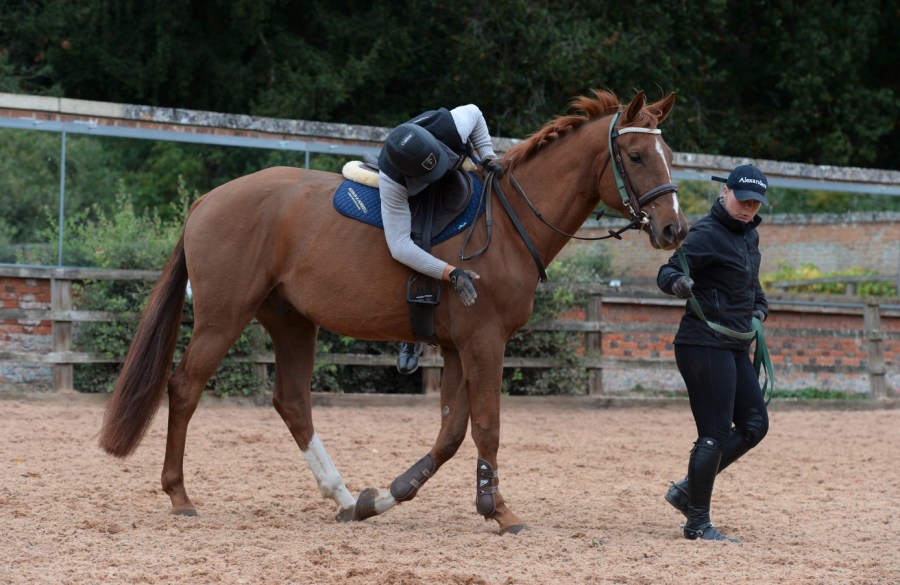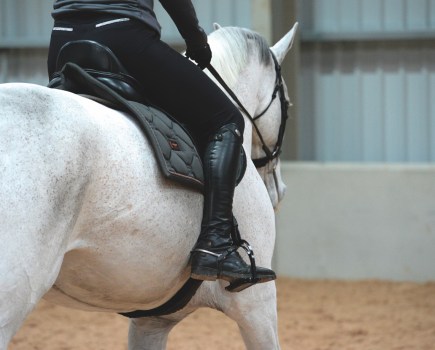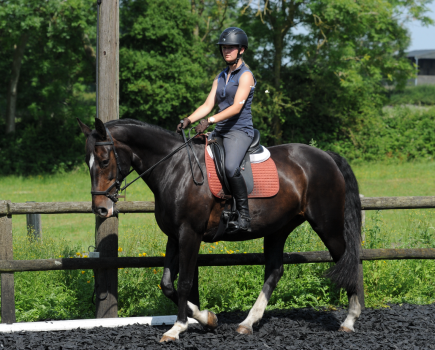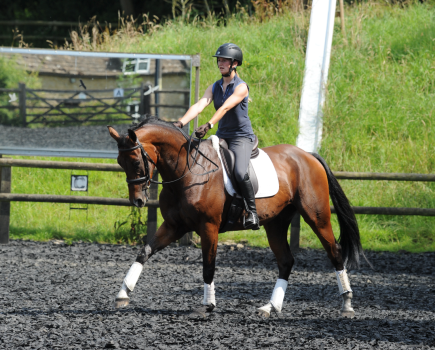There has always been great debate among equestrians as to what is considered the best and most appropriate age for training a horse, specifically in relation to when to begin riding.
Traditional wisdom is that a horse should begin his or her ridden career at three years of age, for other riders it is to wait a few years more, whereas in areas such as the racing industry horses are commonly under saddle and on the track by two years of age. But do any of these opinions take the physiology of equine development into account?
When do horses physically mature?
No horse is skeletally mature until around six years of age at the earliest, with some not reaching full skeletal maturity until eight years of age. This is not breed specific, despite what is sometimes believed.
Factors that affect the growth of both the skeleton and structural soft tissue such as the ligaments, muscles and tendons can include genetics, nutrition, diet, gender, environment and stress.
Just as malnutrition can result in stunted growth, overfeeding high-energy grain to the young horse has been identified as a key aspect in the development of DOD (Developmental Orthopedic Disease), caused by an accelerated growth rate.
One crucial factor that affects the development and mobility of a horse at any age is the intensity of exercise, and the way in which they are trained; this leads us to directly question how and when we should safely begin certain aspects of training with our horses.
How do horses grow?
Knowing how a horse develops skeletally, we can make an informed decision about what is best for our horses.
- Skeletal development refers to the formation of bone; this begins in utero and does not stop until the horse has fully matured.
- A key part of how any skeleton forms is down to the growth plates. Growth plates are found in all mammals; they are areas of cartilage that lengthen the bone and are found at the end of every bone behind the skull.
- In the case of bones with multiple angles, like the pelvis, there are multiple plates in these areas. Susceptible to injury and fractures, it is not until a certain age that these areas solidify to form hardened bone.
- The completion of growth plates varies throughout the entire skeleton; for example, the coffin bone within the hoof capsule is fused at birth, the hock solidifies at 12 months of age and the scapula at four years.
- The vertebrae which run along the length of the horse’s body to form the spine, specifically from the tail to the start of the thoracic vertebrae behind the wither, right where the weight of a rider and saddle sit, don’t complete this process until around six years of age.
- Unlike the bones in the legs, where the growth plates of the limbs run vertical to the ground, the spine is horizontal and relatively unsupported, relying on structures of connected soft tissue. This leaves the vertebrae extremely vulnerable to the impact of a rider on the back before they are fully fused.
- The final plates to close are those of the spinous process of the withers and the base of the neck.
When are horses mentally ready to work?
An often under-discussed aspect of training is a horse’s mental readiness, psychologically and emotionally.
There is a belief that does the rounds on yards that a horse started ‘late’ — usually referring to an age of six, seven or eight — experiences behavioural problems as a result of that late starting.
While the horse is skeletally and physically mature, mentally he has difficulty with certain aspects of his work, likely from a lack of preparation: being asked too much in comparison to his level of experience and expectations, due to his age.
But in fact, horses that are started at a later age through correct management, in good physical condition and with compassionate teaching often go on to have a longer ridden career.
Should ridden work wait until they’re older?
So should we leave our horses in the field until they are six? No. The consequences of leaving a horse in the field until they are six and then starting a hard, fast training programme can be just as poor as those of starting a horse at two.
The development of the muscles and soft tissues of the equine athlete’s body is just as important as skeletal development, and they must be conditioned correctly. Tissue and bone adapt to changes that take place throughout life, not just in a set period.
The key is to work at a level appropriate for each individual horse from a young age. Work progressively over a period of years, not months, to prepare the horse physically by conditioning and strengthening soft tissues, promoting bone density and a responsive and confident mind, to produce a well-prepared riding partner.
When we take on the responsibility of training a horse, we need to look at the whole picture: at what stage is the horse both physically and mentally ready?
Remember, the training of a horse is always a process, never a sprint.









